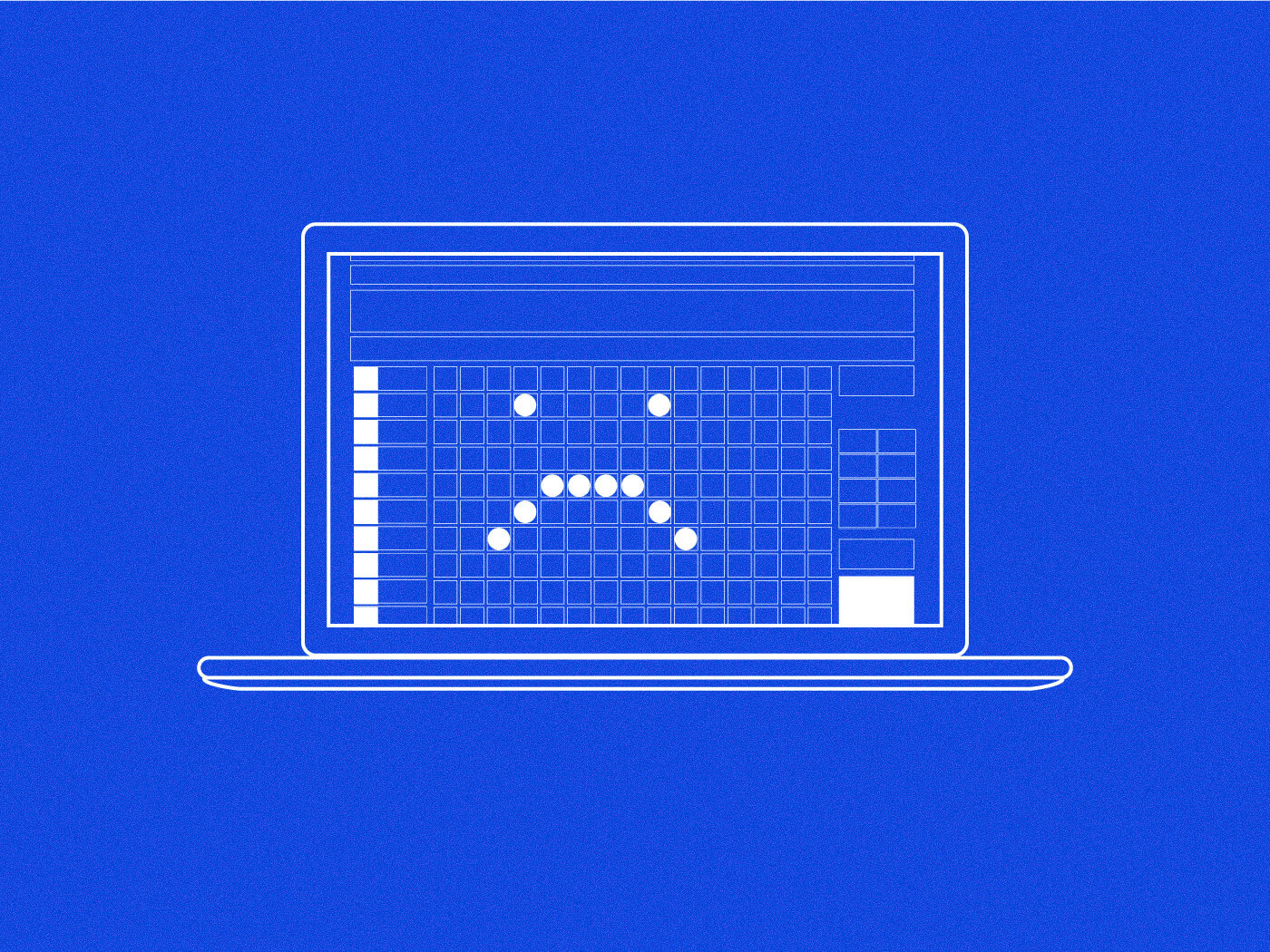AI-based plug-ins aren’t always that smart
They may help you realise an artistic vision, but is it your own?

As a reviewer for MusicTech, I’m in the enviable position of getting a close-up view of the latest developments in the world of audio production, watching as trends develop and fall away again. One trend that’s currently on the rise is for software marketed as being “smart” or artificially intelligent, and that use these supposed smart features to improve their functionality. I’ve noticed, though, that while some such software really does things that would be exceptionally difficult to do using conventional tools, there’s another thread of products where the so-called smart functions represent more of a dumbing down.
- READ MORE: Why vinyl sounds better
First thing’s first: No music software that mentions AI in its bumf, or claims to be smart, actually contains an artificial intelligence of any sort. These products are not thinking for themselves in any way whatsoever. The software is simply executing a set of instructions created by a team of developers. Therefore the results are simply a reflection of the ideas and decisions made by those developers. So really, when you see the terms “AI” and “smart” associated with a plug-in or other audio tool, you can be confident that it’s pure marketing baloney, intended to make a product sound exciting and à la mode.
With that said, some of these “smart” tools indeed use coding techniques and program constructs based on actual AI research. Several products make excellent use of these techniques. Take, for example, Sonnox’s Oxford Drum Gate, which uses machine learning-based pattern recognition to determine whether a particular transient is from a kick drum, snare drum or tom-tom. Other good examples are spectral editors, such as Steinberg’s SpectraLayers, which can separate a mix into its constituent parts.
These tools do things that would be exceptionally difficult to do – not to mention horrendously time-consuming – if one were using only conventional studio processors and techniques. One could, in theory, manually create perfect gating for each part of a multi-tracked drum kit recording or use spectral editing tools to select and extract the different components of a mix manually. But these would be miserable, painstaking tasks consuming many, many hours that most of us would prefer to spend producing music.
“Mistakes can be frustrating, but if you want to become good at what you do, you need to make them”
This brings us to the other type of smart audio software, where the smart features are designed to mitigate the user’s lack of competence – think EQs that claim to create the perfect curve for any source or compressors that promise to impose a perfect dynamic response on a part. At first glance, these may seem like a good idea – certainly far more useful than using presets for EQ and dynamics processors, which are generally about as useful as a concrete parachute. Experienced producers may take the view that such tools are a great timesaver but think about it a bit more deeply, and you’ll start to see the problems.
For one thing, a smart processor will always create the same output from any given input, and that input will be processed not in a way that an artificial intelligence has deemed best, but in a way that the software developers considered to be appropriate. So while these processors aren’t using conventional presets that store and recall parameter values, they are instead using preset targets to match the input signal. Consequently, if the processor does its job properly, anybody using the same plug-in or processor will end up with very similar sounding parts and mixes.
Do you really want sonic judgements that will have a major impact on the sound of your productions to be made by some unknown software developers who have ordained that a particular part should have a particular sound? Sure, setting up audio processors can be tricky when you’re new to it, but it isn’t rocket science. You can easily learn the principles and techniques, and practice makes perfect.
Making judgements about how to configure different processors is the core of the producer’s art. Our canvas is where the creative and the technical meet, and we strive to fill that canvas with shapes, colours, and textures of our devising. It’s no surprise – and nothing to be ashamed of – that our early attempts might feel like the childish daubs of a toddler, but it’s through making mistakes that we learn the most.
Those mistakes can be frustrating, but if you want to become good at what you do, you need to make them. Handing off responsibility to a digital butler that promises to do things perfectly just means that you will never learn to explore what sonic perfection actually is. And so, you may never learn how to define it in ways that are your own.
For more features, click here.